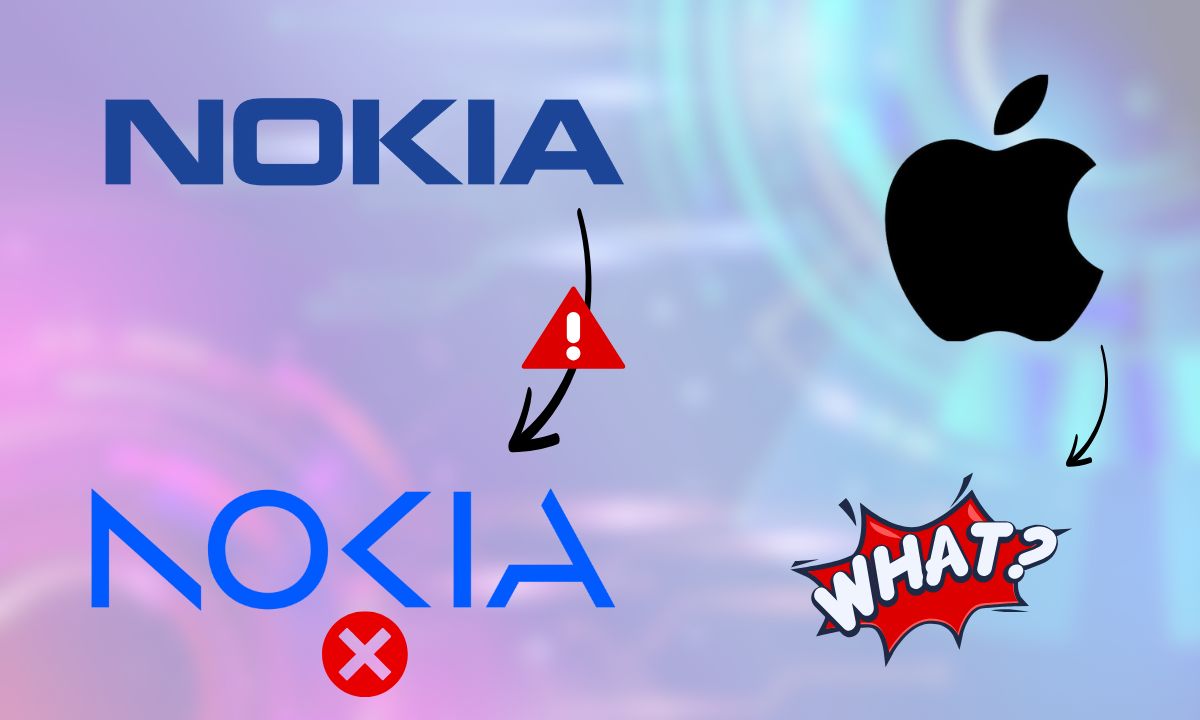The technology landscape is rapidly evolving, introducing innovations that are reshaping industries and creating new career opportunities. Here are some of the top emerging technologies to watch for in 2025:
- Generative AI: Generative Artificial Intelligence (AI) refers to systems capable of creating content, such as text, images, or music, that closely resembles human output. This technology is transforming fields like content creation and design by automating complex tasks.
- Quantum Computing: Quantum computing utilizes the principles of quantum mechanics to process information at unprecedented speeds, enabling the solving of complex problems beyond the reach of traditional computers.
- 5G Expansion: The rollout of fifth-generation (5G) wireless technology is set to provide faster internet speeds and more reliable connections, facilitating advancements in areas like the Internet of Things (IoT) and autonomous vehicles.
- Virtual Reality (VR) 2.0: The next generation of VR technology promises more immersive and realistic experiences, impacting sectors such as gaming, education, and remote collaboration.
- Augmented Reality (AR): AR overlays digital information onto the real world, enhancing user interaction and experience in applications ranging from retail to healthcare.
- Internet of Things (IoT): IoT involves connecting everyday devices to the internet, allowing them to collect and exchange data, leading to smarter homes and cities.
- Biotechnology in Agriculture: Advancements in biotechnology are improving crop yields and resistance, contributing to sustainable farming practices and food security.
- Autonomous Vehicles: Self-driving cars and drones are set to revolutionize transportation and logistics by increasing efficiency and safety.
- Blockchain: Blockchain technology offers secure and transparent methods for recording transactions, with applications extending beyond cryptocurrencies to supply chain management and voting systems.
- Edge Computing: Edge computing processes data closer to its source, reducing latency and bandwidth use, which is crucial for real-time applications like autonomous vehicles and IoT devices.
- Personalized Medicine: Advances in genomics and biotechnology are enabling treatments tailored to individual genetic profiles, improving healthcare outcomes.
- Neuromorphic Computing: This technology mimics the human brain’s neural architecture to create more efficient and powerful computing systems, potentially transforming AI and machine learning applications.
- Green Energy Technologies: Innovations in renewable energy sources, such as solar and wind, are driving the transition to a more sustainable and environmentally friendly energy landscape.
- Wearable Health Monitors: Wearable devices that track health metrics are becoming more advanced, aiding in proactive healthcare and fitness management.
- Extended Reality (XR) for Training: XR, encompassing VR, AR, and mixed reality, is being utilized for immersive training simulations in various industries, enhancing learning and skill development.
- Voice-Activated Technology: Voice recognition systems are improving, allowing for more natural and efficient human-computer interactions, impacting everything from home assistants to customer service.
- Space Tourism: Private companies are making strides in offering commercial space travel, opening new frontiers for tourism and industry.
- Synthetic Media: AI-generated media, including deepfakes, are becoming more prevalent, raising both opportunities and ethical considerations in content creation.
- Advanced Robotics: Robots are becoming more capable and versatile, finding applications in manufacturing, healthcare, and service industries.
- AI in Cybersecurity: Artificial intelligence is being employed to detect and respond to cyber threats more swiftly and effectively, enhancing digital security.
- Digital Twins: Digital twins are virtual replicas of physical systems that allow for real-time monitoring and analysis, improving efficiency and predictive maintenance in industries like manufacturing and urban planning.
- Sustainable Technology: Technological innovations aimed at reducing environmental impact are becoming a priority, driving developments in areas like recycling, energy efficiency, and sustainable materials.
- Telemedicine: The use of digital communication tools to provide medical care remotely is expanding access to healthcare services, especially in underserved areas.
- Nano-Technology: Manipulating matter at the nanoscale is leading to breakthroughs in medicine, electronics, and materials science, enabling the development of new products and treatments.
- AI TRiSM: AI Trust, Risk, and Security Management (TRiSM) involves frameworks and tools to ensure that AI systems are trustworthy, secure, and ethical, addressing concerns related to AI deployment.
These emerging technologies are not only transforming industries but also creating new job opportunities. Staying informed about these trends and acquiring relevant skills can position individuals for success in the evolving tech landscape.




